-
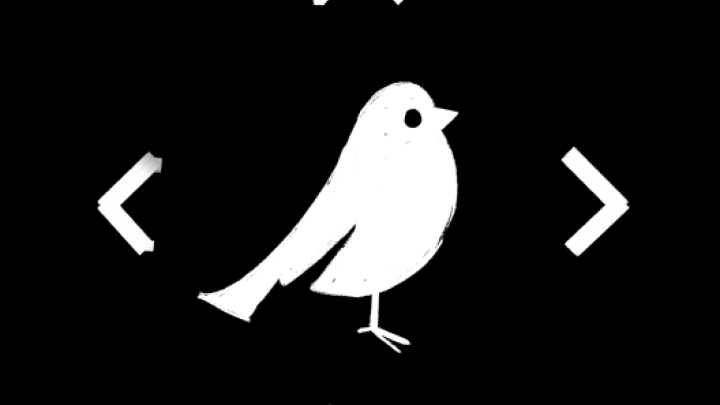 Silent Sparrows (雅崔无闻)Students in this project will design and develop a historical fiction Augmented Reality installation that combines mobile AR technology and smart devices to create a unique immersive experience. The installation will also include a number of curated archival prints, predominantly family inherited pieces, in order to elevate the narrative experience.
Silent Sparrows (雅崔无闻)Students in this project will design and develop a historical fiction Augmented Reality installation that combines mobile AR technology and smart devices to create a unique immersive experience. The installation will also include a number of curated archival prints, predominantly family inherited pieces, in order to elevate the narrative experience. -
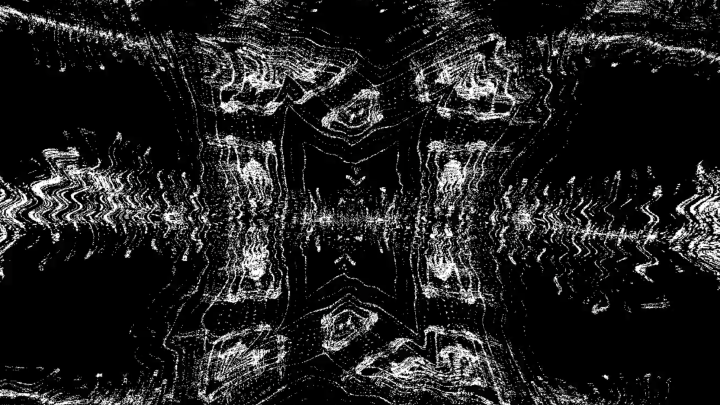 Audio Reactive VisualsThis working group explored computational art and graphics that react to properties of live sounds and music. Participants explored sound processing algorithms to extract frequency information to deduce musical properties. Then, this information would be applied as inputs to generative methods for graphics. In order to do so, participants explored new web based protocols in parsing sound buffers, rendering 3D graphics through WebGL and Three,js-- while sharing their techniques with organizations on campus such as Corpus Callosum and Creative Code Collective
Audio Reactive VisualsThis working group explored computational art and graphics that react to properties of live sounds and music. Participants explored sound processing algorithms to extract frequency information to deduce musical properties. Then, this information would be applied as inputs to generative methods for graphics. In order to do so, participants explored new web based protocols in parsing sound buffers, rendering 3D graphics through WebGL and Three,js-- while sharing their techniques with organizations on campus such as Corpus Callosum and Creative Code Collective -
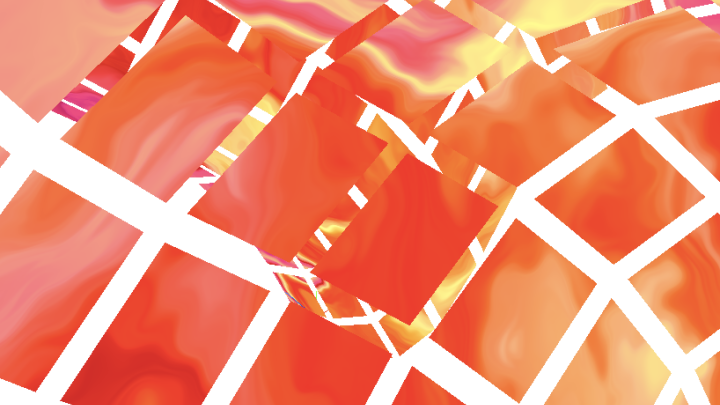 WebXR IncubatorWebXR is a protocol that allows the building and distribution of immersive 3D environments that are accessible from a web browser. Using techniques in VR development and graphics, this working group developed tools and experimental apps to explore building features for web based virtual reality. After a few intensive workshops exploring VR development with Three.js, participants started to research controller interactions, particle effects, and text rendering. Participants explored concepts in user interface, content distribution, scientific visualization, and experience design.
WebXR IncubatorWebXR is a protocol that allows the building and distribution of immersive 3D environments that are accessible from a web browser. Using techniques in VR development and graphics, this working group developed tools and experimental apps to explore building features for web based virtual reality. After a few intensive workshops exploring VR development with Three.js, participants started to research controller interactions, particle effects, and text rendering. Participants explored concepts in user interface, content distribution, scientific visualization, and experience design.
-
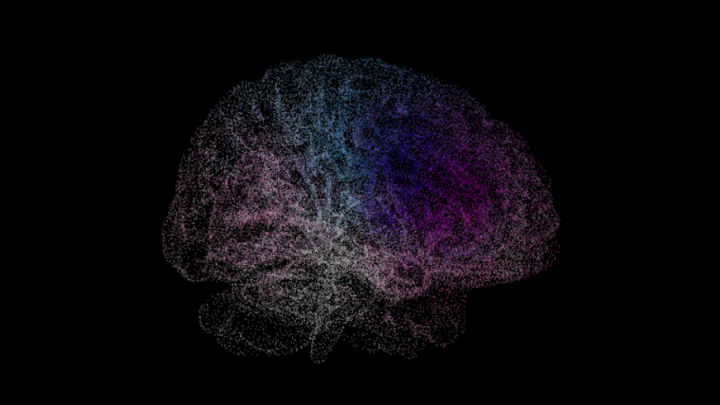 Brains at PlayBuilding off of the previous year's Working Groups that created an open EEG lab, published a bioethics paper, and secured funding from Visions and Voices, this group created technologies to stream, process, and visualize brain data in order to explore bioethics and brain-computer interfaces. One project is a cross-platform streaming app for OpenBCI EEG data that empowers users to create and partake in multi-brain experiences—from thought-controlled games to generative art visualizations. Participants shared these techniques with budding neuroscientists and immersive experience designers.
Brains at PlayBuilding off of the previous year's Working Groups that created an open EEG lab, published a bioethics paper, and secured funding from Visions and Voices, this group created technologies to stream, process, and visualize brain data in order to explore bioethics and brain-computer interfaces. One project is a cross-platform streaming app for OpenBCI EEG data that empowers users to create and partake in multi-brain experiences—from thought-controlled games to generative art visualizations. Participants shared these techniques with budding neuroscientists and immersive experience designers.
Another facet is to encourage international cooperation for BCI based generative art, VR, and game design through the Brains at Play initiative. In partnership with a variety of departments on campus, this working group helped produce a worldwide competition and started a Discord community for these topics. View this work at the Brains at Play website -
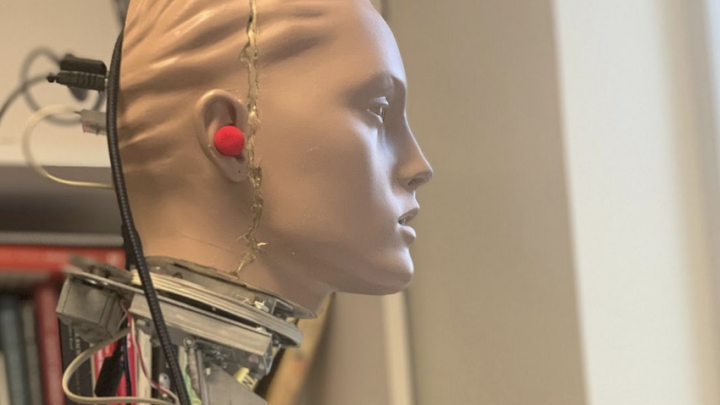 MinervaMinerva is a fully controllable mannequin robot with motors, camera, a microphone, and small Linux based microcontroller, built by Professor Phil Ethington. This group explored topics in network architecture, object recognition, text-to-speech, locomotion, and 3D user interfaces.
MinervaMinerva is a fully controllable mannequin robot with motors, camera, a microphone, and small Linux based microcontroller, built by Professor Phil Ethington. This group explored topics in network architecture, object recognition, text-to-speech, locomotion, and 3D user interfaces.
Participants gathered for hands-on, informal, and collaborative tinkering for Raspberry Pi development on Tuesday evenings at 7pm at the Ahmanson Lab. -
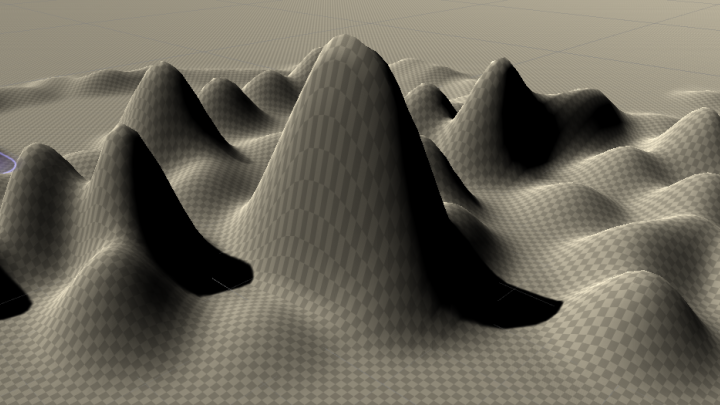 Deep Maps of Culture and Place
Deep Maps of Culture and Place
This project seeks to combine technologies for Geographic Information Systems (GIS), digital humanities, and 3D web apps -- exploring the relationships between physical landscapes and cultural discourse, especially folklore. In other words, how do stories about a place influence our experience of that physical space?
We will endeavor to integrate a folklore corpus with a 3D map of the landscape. Our explorations will begin with the landscape and stories of Hawai'i, though we also hope to discover ways of working that can be used for other humanistic GIS projects. Reach out to Caleb Winebrenner for more information or to get involved winebren@usc.edu
-
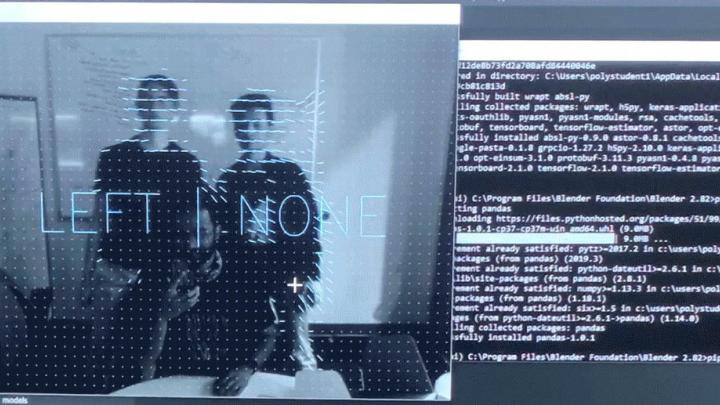 NeurogenesisStudents in the Neurogenesis Working Group investigated how brain-computer interfaces (BCIs) can be used to inform generative artwork—as well as how these artworks can simultaneously inform audiences on the intricacies of neural signals processing. Students created studied how to telekinetically control objects in virtual reality, develop new techniques for visualizing brain data and its ongoing analysis, and prototype large-scale interactive artworks using BCIs as an interface.
NeurogenesisStudents in the Neurogenesis Working Group investigated how brain-computer interfaces (BCIs) can be used to inform generative artwork—as well as how these artworks can simultaneously inform audiences on the intricacies of neural signals processing. Students created studied how to telekinetically control objects in virtual reality, develop new techniques for visualizing brain data and its ongoing analysis, and prototype large-scale interactive artworks using BCIs as an interface.
The final outcome of Neurogenesis, was a suite of intuitive BCI artworks that convert neurotechnology neophytes into neuromancers—both on a technical and experiential level—in record time. This working group led to a subsequent Working Group that created an international BCI game contest and neuroethics panel.
This Working Group is co-sponsored by the USC Bridge Arts & Science Alliance. -
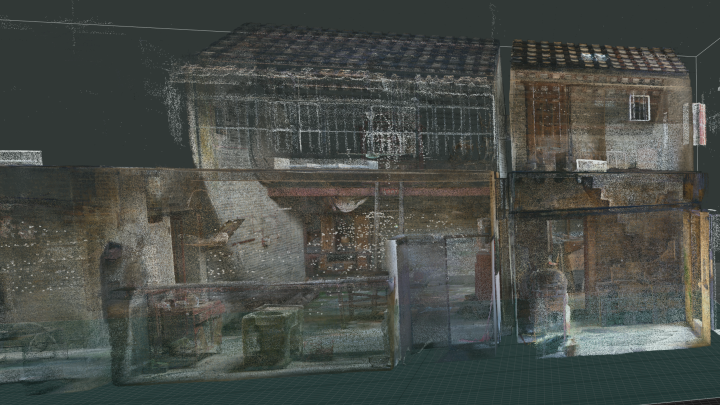 Save the CypherOver the course of the 2019-2020 academic year, this group developed two virtual reality projects that explored how to photorealistically capture people and places using cutting-edge technologies such as videogrammetry, LIDAR, and photogrammetry.
Save the CypherOver the course of the 2019-2020 academic year, this group developed two virtual reality projects that explored how to photorealistically capture people and places using cutting-edge technologies such as videogrammetry, LIDAR, and photogrammetry.
The first project, Save the Cypher, is an interactive VR dance experience, developed in collaboration with faculty at the Kaufman School of Dance, in which the player must save the sacred dance world of Cypher through solving puzzles and interacting with a spirit guide hologram. The second project, Wing Wor, is an interactive VR narrative adventure that will transport audiences to a rural village in Toishan, China where they can engage with the people and place and experience Toishan’s rich historical legacy. These projects were accompanied by a workshop at the Ahmanson Lab that presented trends in videogrammetry.
This Working Group is co-sponsored by USC Games. -
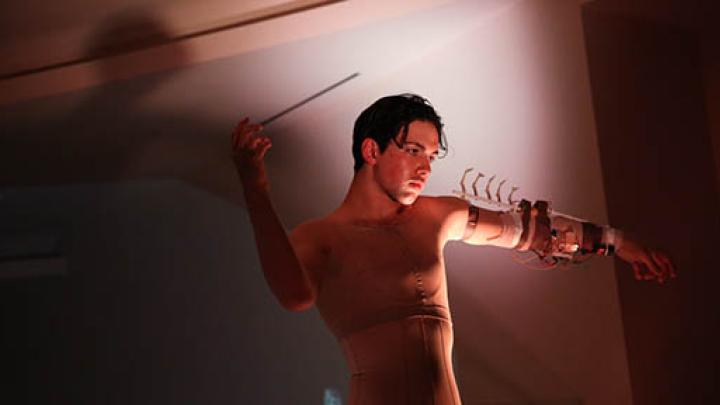 EMBODYStudents in the EMBODY Working Group built a device using muscle sensors and Arduino boards with the goal of reimagining the relationship between inner feelings and the outer architecture of the human body.
EMBODYStudents in the EMBODY Working Group built a device using muscle sensors and Arduino boards with the goal of reimagining the relationship between inner feelings and the outer architecture of the human body.
The device students create attached sensors to sectors of the body such that muscle tension in each designated area will expand in volume, creating a wide range of dynamic sculptures through muscle movements. Muscle sensors activatedservo motors connected to a skeleton of dynamically connected material which will extend from a two-dimensional resting shape to three-dimensionality. By connecting multiple motors to the structure at different points, a wide range of dynamic sculptures can be achieved with a variety of muscle movements. This artistic interpretation of technology inteded to demonstrate the range of physical emotivity comparable to the visceral ability that certain animals have to express their inner sensations.
With the ability to mutate their physical appearance in accordance with their inner sensations, individuals explored a post-human, post-gender, androgyny and as well as realize abstract facets of our humanity which would otherwise be confined to our individual experience.
-
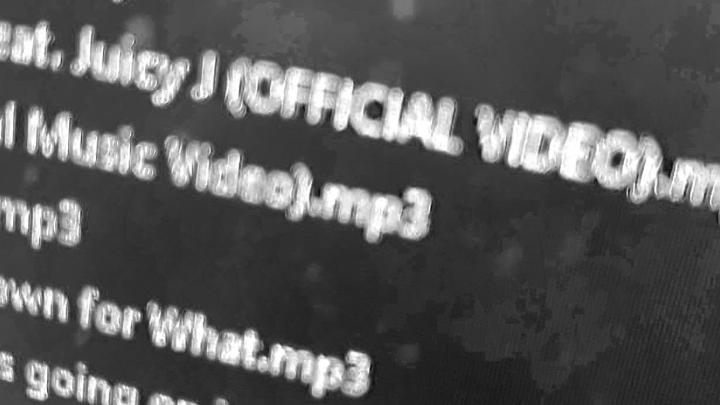 Internet Culture CafeThe Internet Culture Cafe acted as a salon for students who wish to research and discuss contemporary digital culture. Over the course of the year, meetings featured guest speakers, presentations of research from members, and in the end, deliverables, in the form of multimedia deconstructions of specific subsects of internet culture.
Internet Culture CafeThe Internet Culture Cafe acted as a salon for students who wish to research and discuss contemporary digital culture. Over the course of the year, meetings featured guest speakers, presentations of research from members, and in the end, deliverables, in the form of multimedia deconstructions of specific subsects of internet culture.
The Internet Culture Café produced two iterations of a Digital Renaissance Salon, in which teams showcase their research and findings, covering a broad variety of subcultures and online communities in order to provide a nuanced depiction of the contemporary digital world. -
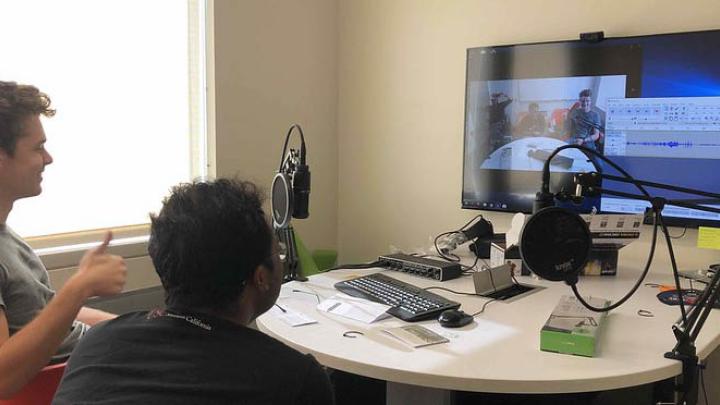 Streaming LabStreaming platforms are increasingly places for cultural influence. On Twitch alone, people watched over 10.8 billion hours of streams in 2018.
Streaming LabStreaming platforms are increasingly places for cultural influence. On Twitch alone, people watched over 10.8 billion hours of streams in 2018.
The purposes of the Streaming Lab Working Group were twofold. First, to demonstrate streaming’s potential as a medium for social engagement. Second, to research and develop streaming technologies and workflows. The Streaming Lab will accomplished these goals while producing a weekly live streaming show and building out and maintaining a streaming studio at the Ahmanson Lab. This work has resulted in a large USC streaming community on Discord, and has informed the creation of an undergraduate course on the topic. -